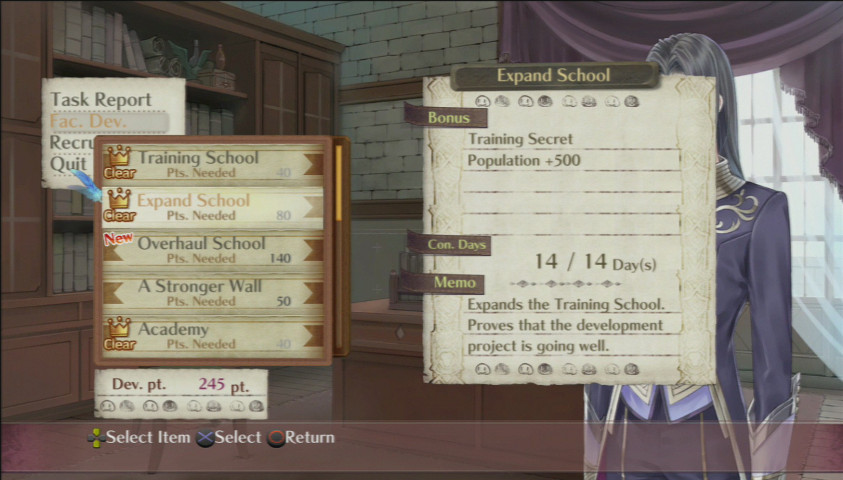

(2) Another journalist, James Greenwood, who also investigated the problems of living in the new industrial towns saw himself as a "volunteer explorer in the depths of social mysteries". He later described himself as a "social explorer" and saw his role "as supplying information concerning a very large body of persons, of whom the public had less knowledge than of the most distant tribes of the earth".
#Rufus factory town series#
He wrote a series of articles for the newspaper, The Morning Chronicle. The journalist, Henry Mayhew, argued that the government needed to know the scale of the problem that existed. The gaps between the rows were often as narrow as eight or nine feet.

The result was rows and rows of back-to-back, terraced houses. One way of doing this was to make sure that the houses shared as many walls as possible. Builders realised that good profits could be made by quickly building cheap housing. The people who moved to towns such as Manchester needed somewhere to live. This caused further growth, and by 1851 the population of Manchester was over 300,000. This attracted others who wanted to sell their goods and services to this large population. (1) Manchester and the Industrial Revolution By 1802, Manchester had fifty-two textile factories and the population had grown to 95,000. Businessmen began building factories in the town because of Manchester's large population and local coal deposits. In 1773 Manchester was a market-town with a population of 27,000. Manchester is a good example of how a town was changed by the Industrial Revolution. The obvious place to build a factory was therefore in a town. Businessmen now tended to build factories where there was a good supply of labour. With the invention of the steam-engine, factories no longer had to be built by the side of fast-flowing rivers.


 0 kommentar(er)
0 kommentar(er)
